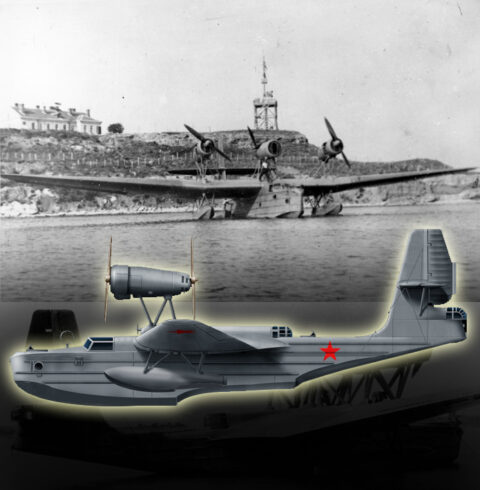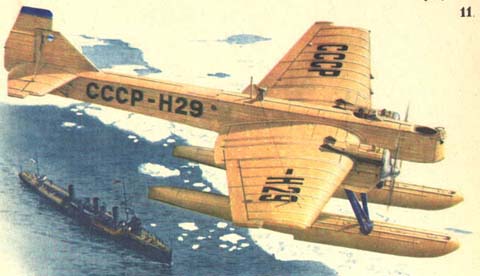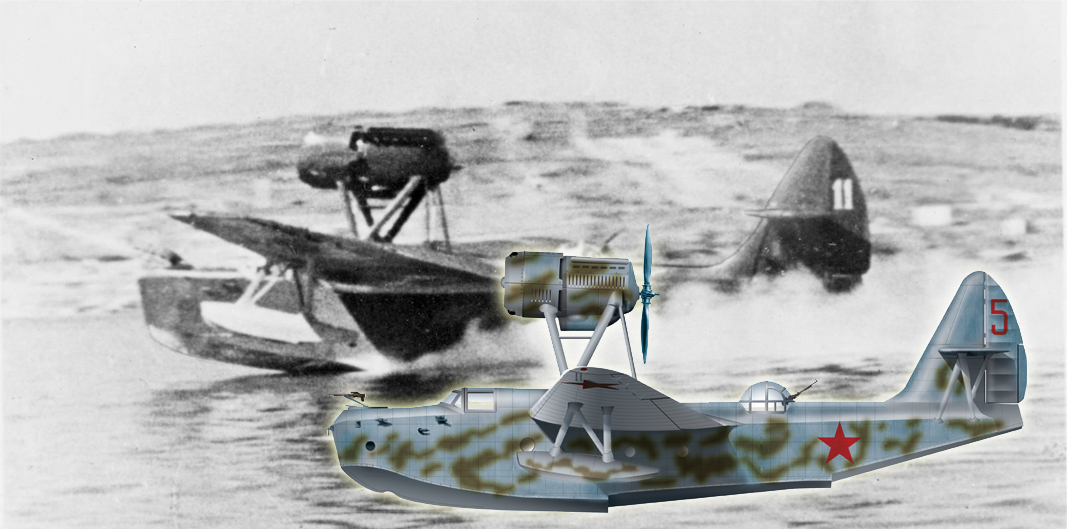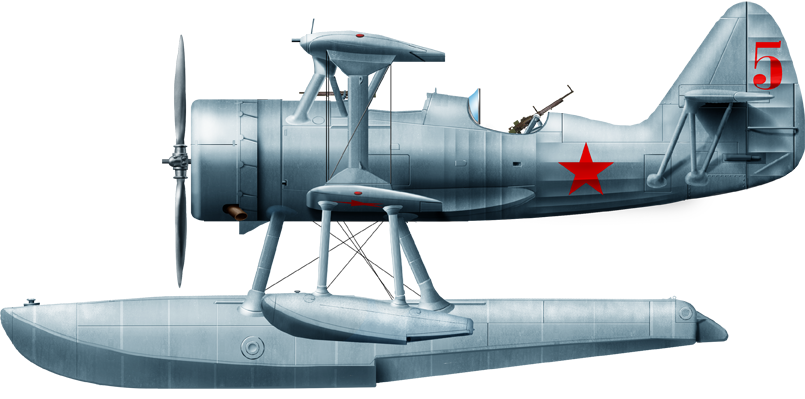Category: WW2 Soviet Naval Aviation
Polikarpov I-16 in Naval Use
1936-45: 778 in service. The Polikarpov I-16 was a revolutionary Soviet fighter aircraft introduced in the early 1930s. Designed by…
Tupolev MTB-1 (1934)
Tupolev MTB-1 (1934) Patrol flying boat 1934-42: 15 built. The Tupolev MTB-1 was initially started as the MDR-4 (internally by…
Chyetverikov MDR-6
1937-43: 44 built. The Chyetverikov MDR-6 was a 1930s Soviet Union reconnaissance flying-boat aircraft, and the only successful aircraft designed…
Tupolev MR-6 (1932)
Tupolev MR-6 (1932) 1932-36: 150 converted. Inspired by Heinkel models, the all-metal cantilever monoplane twin engine reconnaissance Tupolev R-6 was…
Beriev MBR-2 (1935)
Beriev MBR-2 (1931-45) Multirole Flying Boat used 1932-55: 1,365 built. The Main soviet WW2 seaplane The MBR-2 (Medium Reconnaissance Seaplane,…

Tupolev TB-1P (1930)
Tupolev TB-1 P (1930) 1931-34: 66 converted. The Tupolev Saga For that introductory matter into Soviet naval air power, it…

Shavrov SH-2
1930-52: Up to 1200 built. An amazingly long success story The Shavrov SH-2, affectionately called “Shavrushka”, shares with the Polikarpov…
Beriev BE-2 (1936)
Beriev BE-2 (1936) 1937-38: 12 built. The Be-2, light observation biplane In a nutshell, the Beriev BE-2 was a two-seat…







 dbodesign
dbodesign